A Direct Ignition System (DIS) Coil is a critical component in modern automotive ignition systems, responsible for generating the high-voltage spark needed to ignite the air-fuel mixture in the engine’s cylinders. Here are the key features and functions of a DIS coil:
Key Features:
- High Voltage Generation: Converts low voltage from the battery into a high-voltage spark (typically 12,000 to 45,000 volts) required for ignition.
- Direct Ignition: Each coil is dedicated to a specific cylinder, eliminating the need for a traditional distributor. This design enhances reliability and reduces maintenance.
- Compact Design: DIS coils are typically smaller and lighter than older ignition systems, allowing for easier installation and improved engine packaging.
- Improved Fuel Efficiency: Provides a more precise and efficient ignition, contributing to better fuel economy and lower emissions.
- Enhanced Performance: Offers faster spark timing and more consistent ignition under various operating conditions, improving overall engine performance.
- Durability: Built to withstand high temperatures and harsh engine environments, often featuring robust insulation and protective casings.
- Integrated Sensors: Some models may include built-in sensors to monitor coil performance and optimize ignition timing based on engine conditions.
- Easy Installation: Typically designed for direct bolt-on installation, allowing for straightforward replacement during maintenance.
Functions:
- Ignition Timing: The DIS coil works in conjunction with the engine control unit (ECU) to time the spark based on engine speed, load, and other parameters.
- Spark Delivery: Ensures that the spark occurs at the optimal moment for combustion, improving power output and engine responsiveness.
- Diagnostic Capabilities: Many modern vehicles with DIS coils can perform onboard diagnostics to detect ignition system faults, making troubleshooting easier.
Applications:
- Commonly used in modern gasoline engines, particularly in vehicles with four-cylinder, six-cylinder, or eight-cylinder configurations.
- Often found in performance vehicles and those equipped with advanced engine management systems.

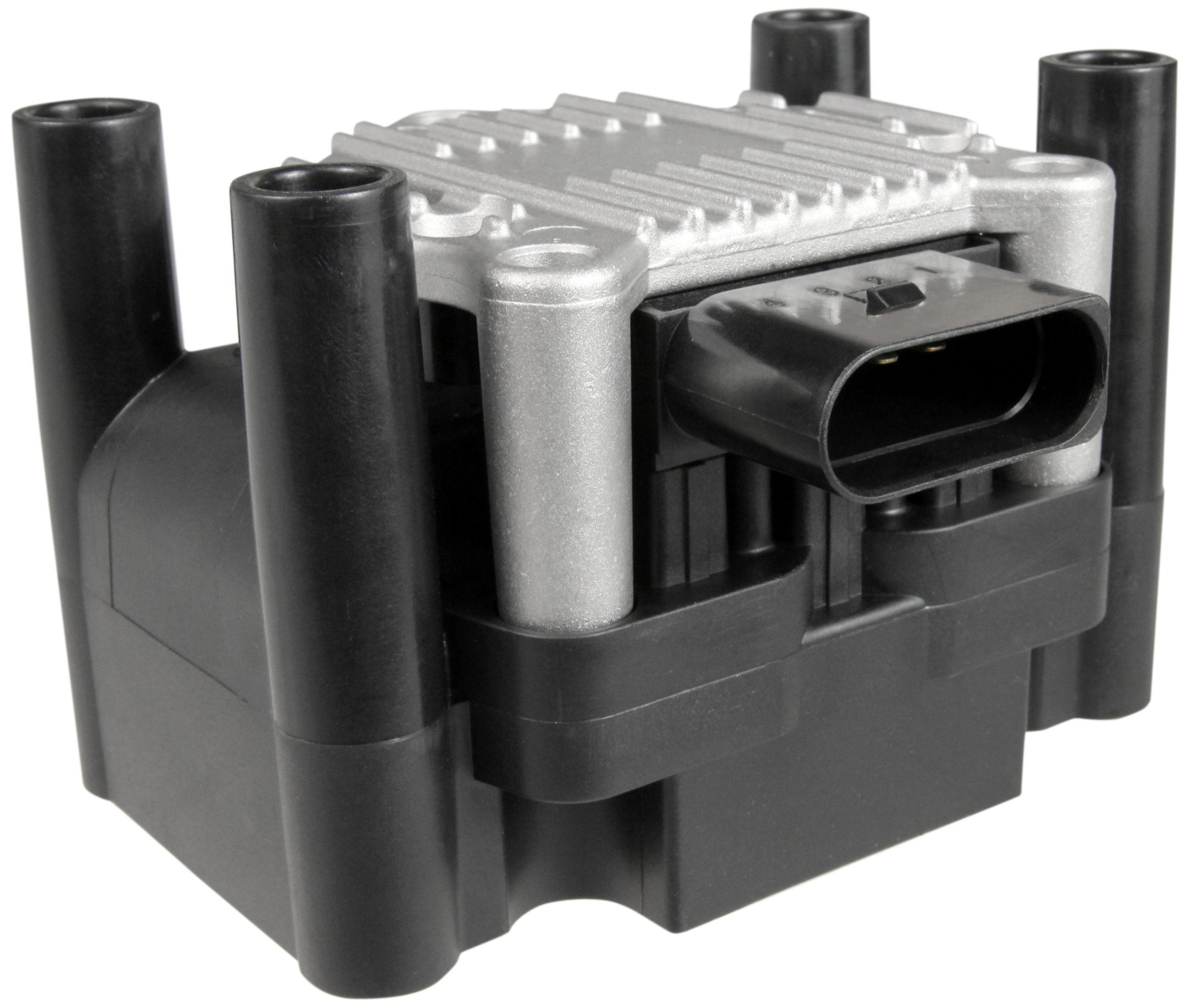
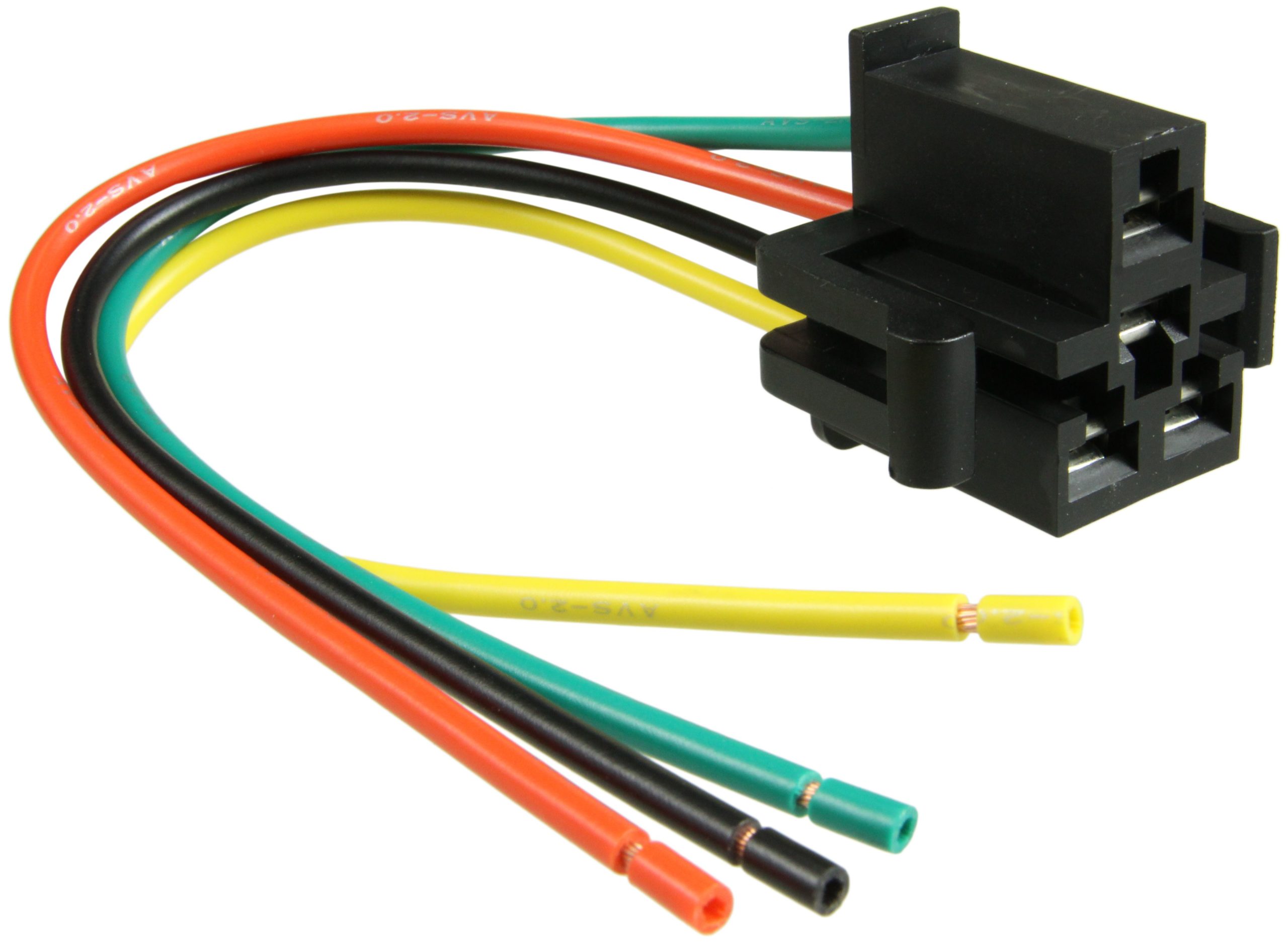
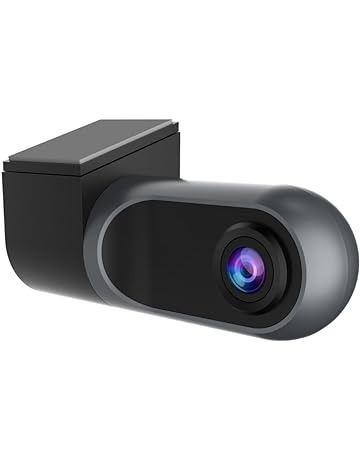
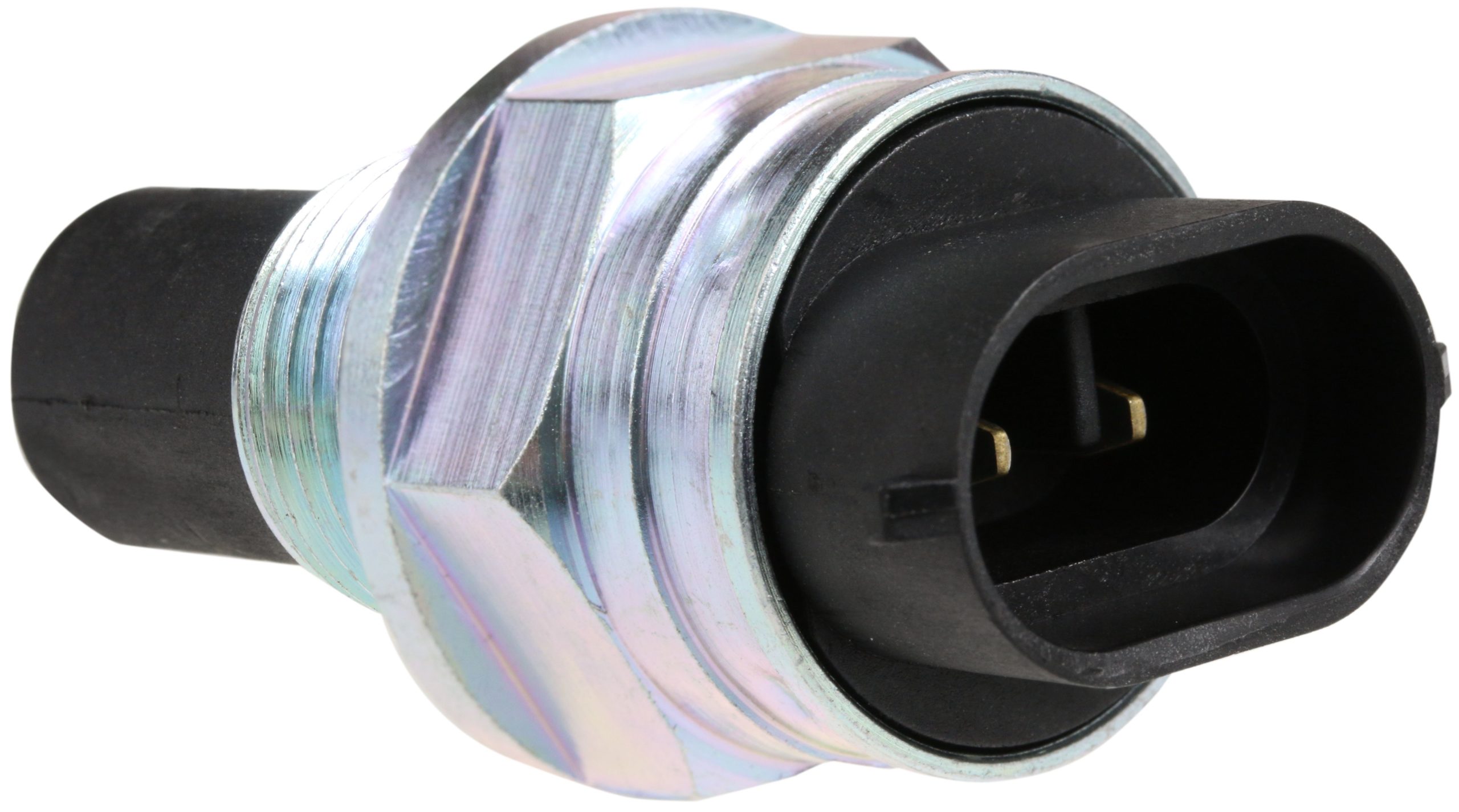
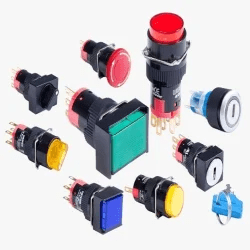
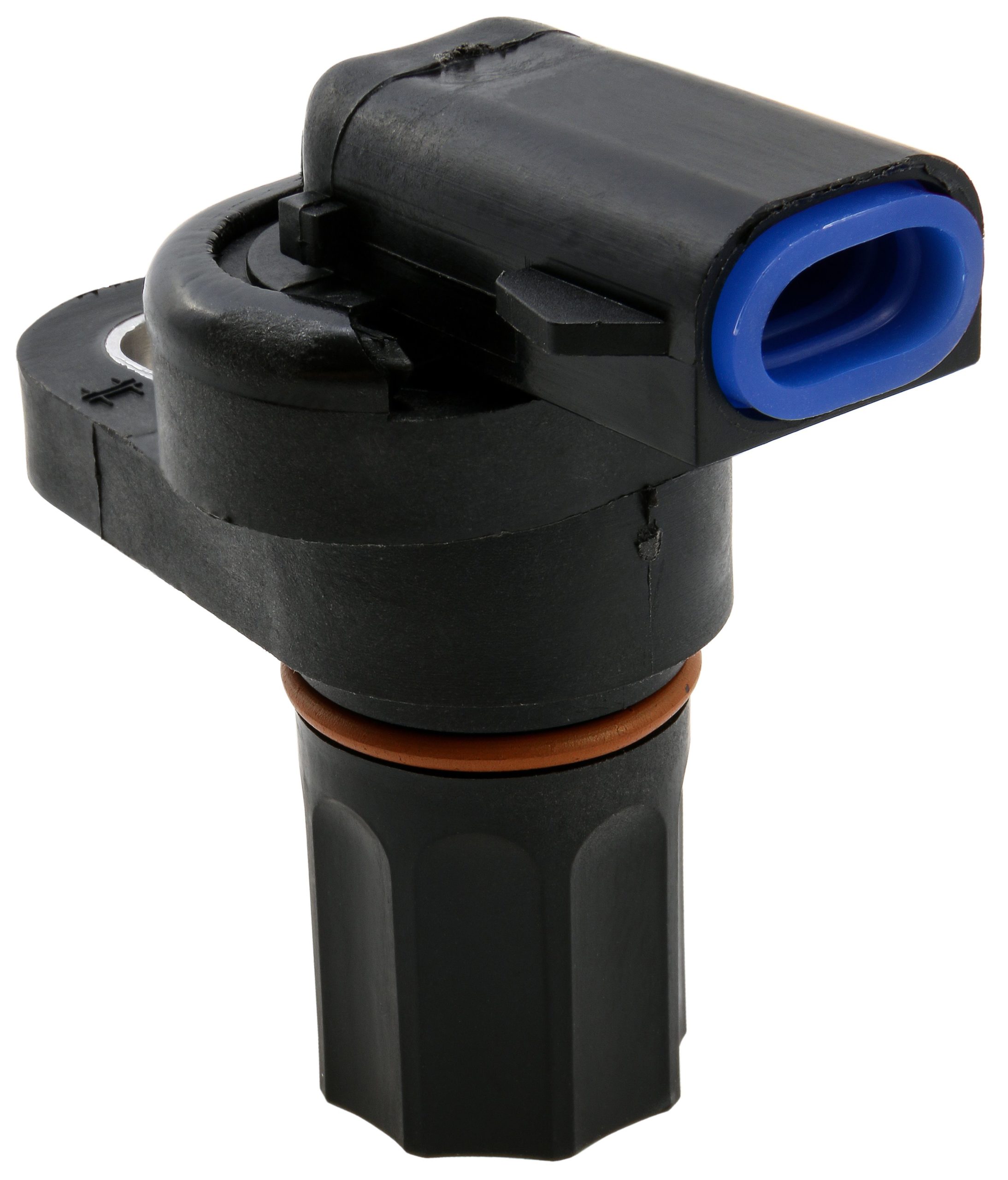
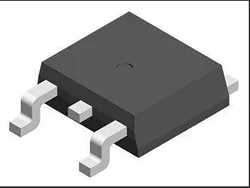

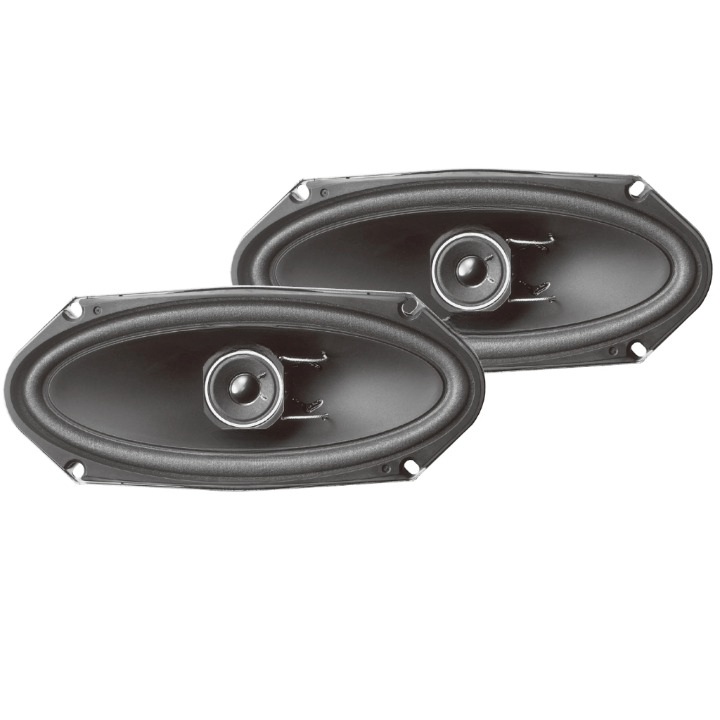

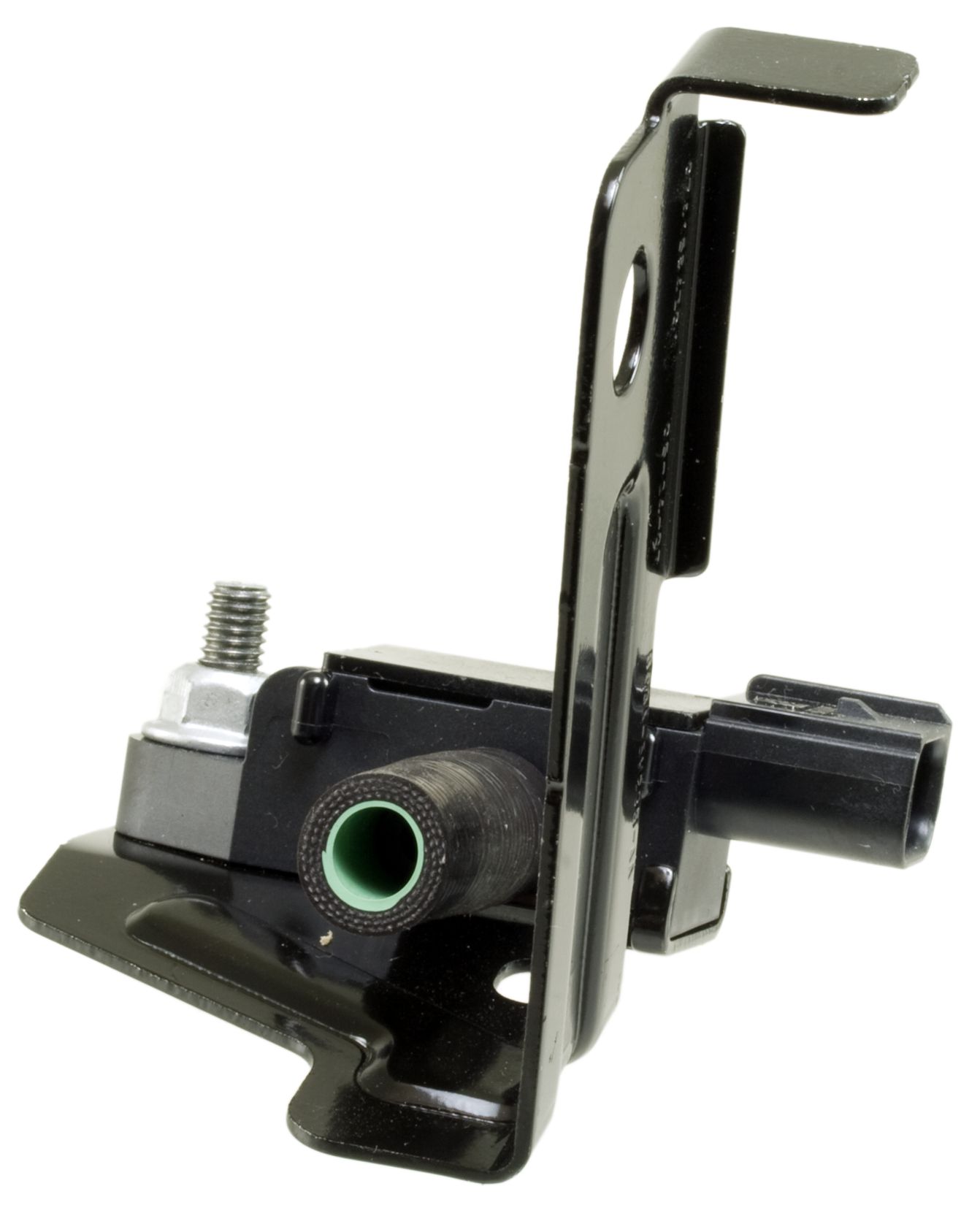

There are no reviews yet.